Where to stay in Krakow? Find in which area to stay in Krakow to visit the second city of Poland, city of art and history.
With 326.8 km2, Krakow is three times wider than Paris. It is also the second largest city in Poland and one of the most attractive cities in Eastern Europe. A former royal capital of Poland, Krakow has many advantages: between Slavic and Latin influences, it is a major artistic and cultural center of the country, a city full of history, listed in the UNESCO World Heritage, a student city (200,000 students), and visited by 200,000 people per year...
Since you probably don't know much about the Voivodship of Petite-Poland, here is a presentation for you areas where to stay in Krakow . The second Polish city is subdivided into 18 administrative districts, but most of the things to do or see are grouped in three neighbourhoods in downtown and peripheral neighborhoods, everything depends on your desires – calm, relaxation, party, shopping – for your stay: Staré Miasto (the old town), Kazimierz (old Jewish town), Podgorze (new student town) and the outskirts (Nowa Huta, Klepartz, Piasek, Nowy Siat).
Stare Miasto, old town
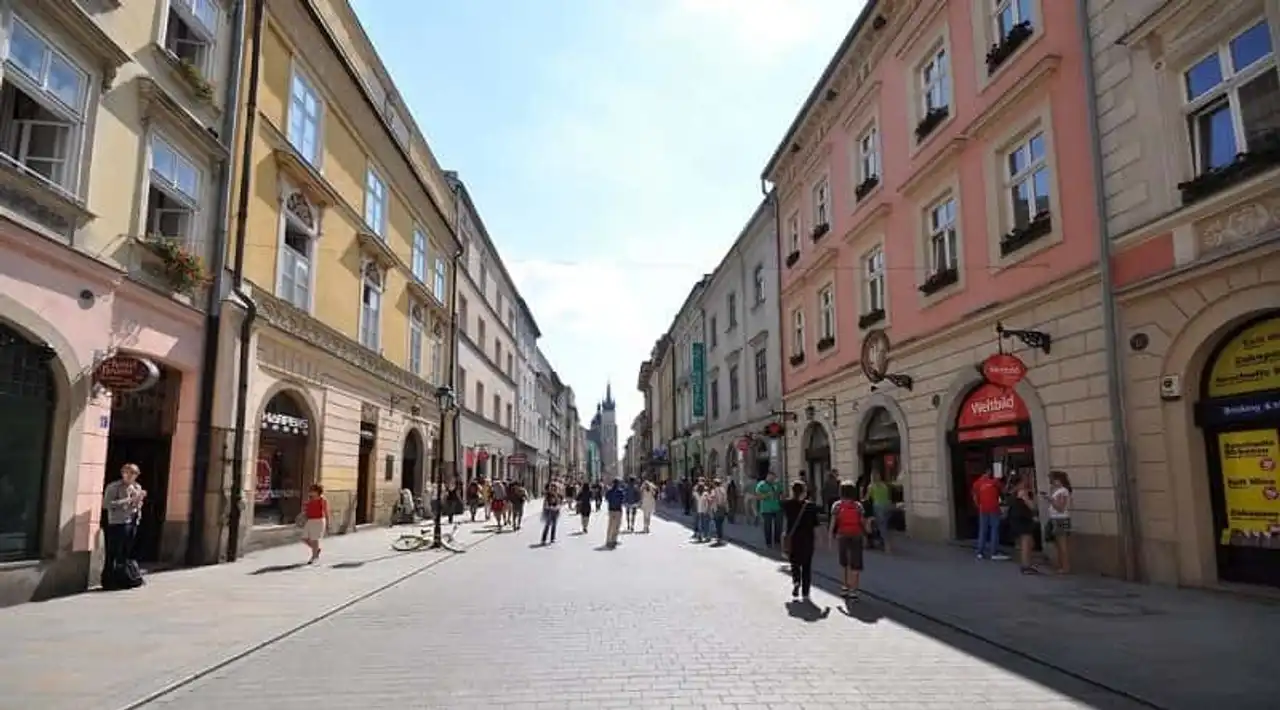
Photo credit: Flickr – Jorge Láscar
A historic centre of Krakow, Stare Miasto is located on the Wawel hill. It welcomes many historical monuments, a breathtaking variety of architectural wonders – Renaissance, baroque, Gothic – having crossed the ages, and has over 2 million works of art. It is not for nothing that the Polish tourist guides call this neighborhood “the Northern Florence”. Ideal for staying in Krakow, the neighborhood is lined by a green belt that surrounds the old city – the Planty Park –, installed in the 19th century by the Habsburgs of the Austro-Hungrois Empire on the site of the old ramparts. Accessible every day without interruption, this green area offers pleasant, peaceful or romantic walks in the heart of Krakow. You will find in this neighborhood on the streets by damier, all the must-sees of the city: Place du marché (Rynek), basilica Sainte-Marie (kosciol Mariacki), the former Halle aux draps (Sukiennice) – its cafes, craft shops and museum of fine arts – and the Royal castle of Wawel .
The area, very touristic, concentrates on its own the majority of bars, cafes and restaurants in the city. The pedestrian streets can therefore be noisy: in Krakow, bars close only at the exit of the last client, paved streets can therefore remain active until 3 or 4 hours in the morning, or even more. You will fall in love if you want to go shopping, enjoy the nightlife and bustle and simultaneously make a cultural pilgrimage through the corridors of Time.
Find a hotel in Stare Miasto
Find an Airbnb in Stare Miasto
Kazimierz, the former Jewish quarter
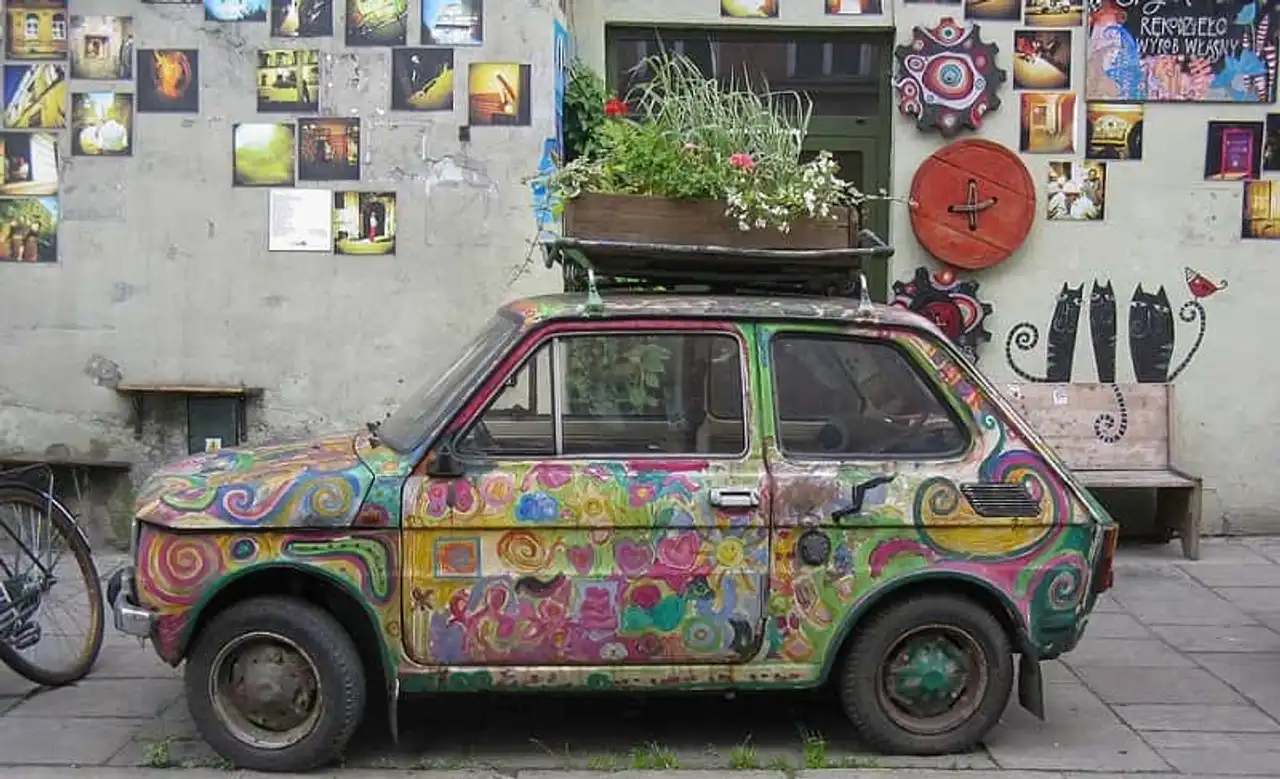
Photo credit: Flickr – trinchetto
During the Second World War, the Nazis exterminated 90% of the Jews of Krakow, most of them in Auschwitz . Kazimierz, located by the Vistula, was populated by Jews exclusively from the 16th century to 1940, and has the largest concentration of synagogues in Europe after Prague. Victim of persecution and anti-Semitic intolerances, the neighbourhood was the macabre theatre of several Jewish ghettos through the darkest pages of its history. Ignored from the general public for a half century and the Soviet era, the neighborhood is rehabilitated thanks to the film’s filming "The Schindler List" released in 1993. A place of memory of the atrocities committed against the Jews, it is today – despite a gentrification that all cities now know – very popular with artists.
This is the second most touristic area in Krakow. If you like History, the outlets – bars, cafes, restaurants – then this area where to stay in Krakow is for you: central, you can also enjoy Polish life by listening to the minor notes of a gypsy violin that weeps, a group of klezmer, jazz swing, rock or electronic music. Book your hostel now, hotel or rental: many Poles rent their apartments, and prices are affordable!
Find a hotel in Kazimierz
Find an Airbnb in Kazimierz
Podgorze, new student city
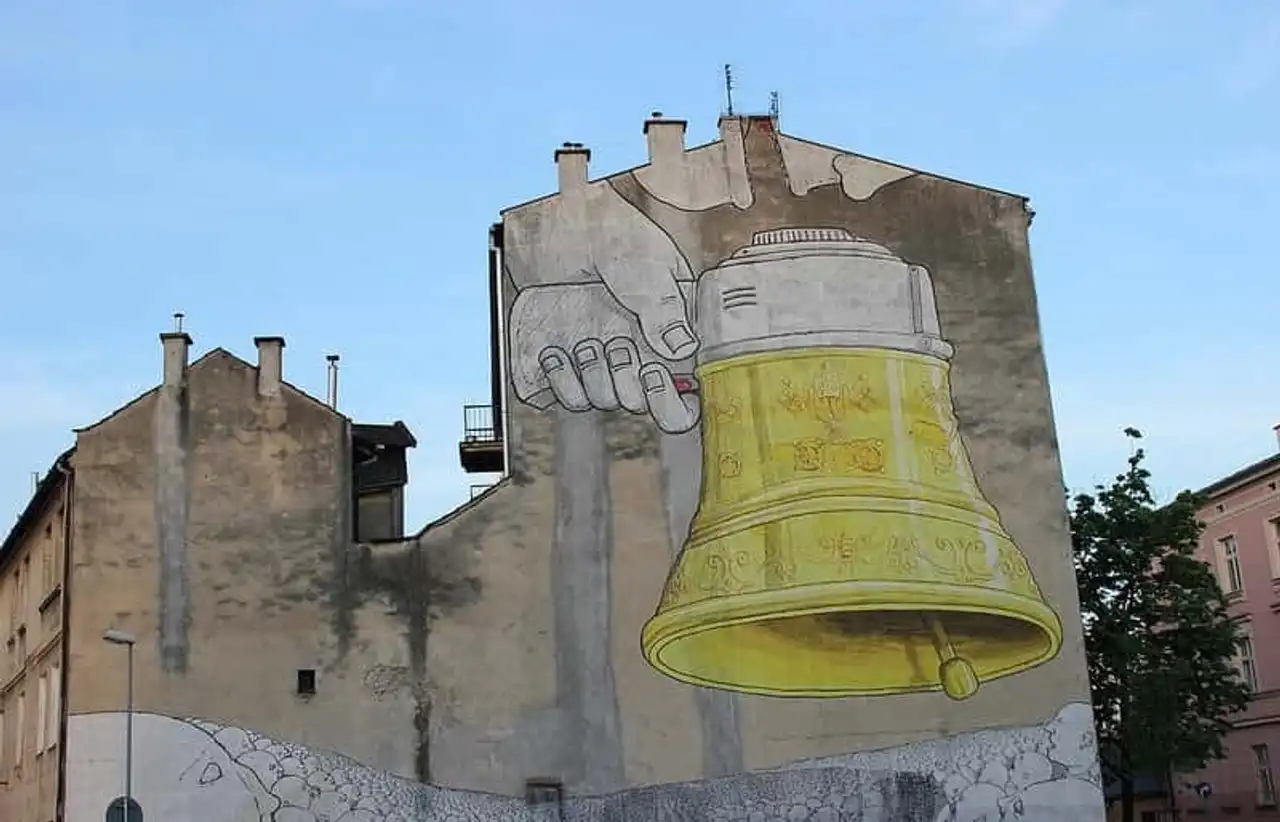
Photo credit: Flickr – Praktyczny Przewodnik
Located on the south shores of the Vistula, the Podgorze district was initially marked by its fishing activity. It is also the place where the former ghetto of Krakow was installed during the Nazi occupation. It is on this southern fringe of downtown Krakow that the student living places are located. The neighbourhood may be less aesthetic to you than in the old city, but it presents the advantage of offering less expensive rents: the result is an important influx of students and artists, who settle there. Cafés, bars and jazz clubs are therefore driving the social life of the neighborhood, ideal for romantic walks along the Wisla River or visit some interesting museums: The Oskar Schindler factory museum , Mocak, a contemporary art museum, Cricoteka, on stage director Tadeusz Kantor. Podgorze is a popular neighborhood and therefore, less bourgeois than the old town and can therefore seem a little more dull, darker, less " fun". But different, historical and authentic.
Finally, other neighbourhoods are less attractive, but remain interesting to stop there.
Find a hotel in Podgorze
Find an Airbnb in Podgorze
Nowa Huta
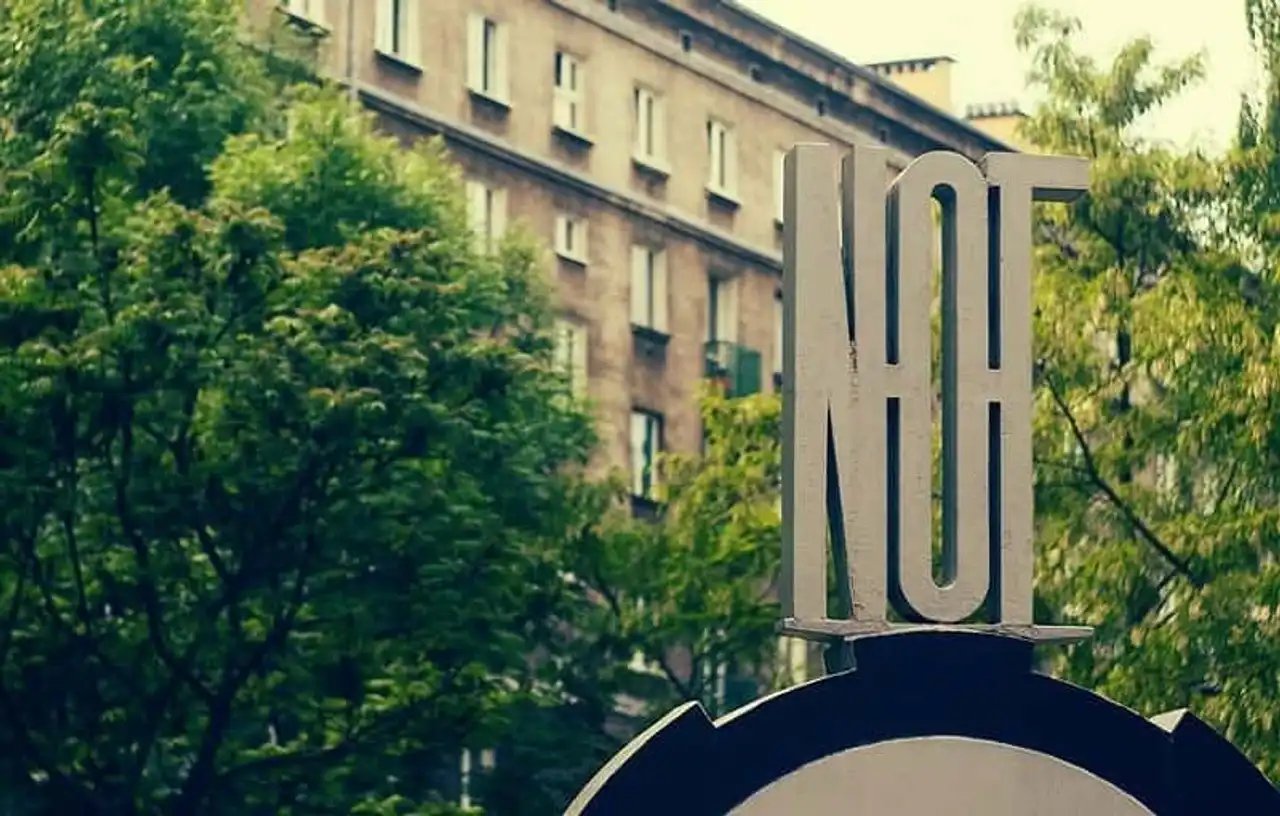
Photo credit: Flickr – Konrad Krajewski
City of the future Pope John Paul II, it was built in the 1950s by and for the communist workers. The city became a quarter of Krakow perfectly reflects what life could be in the time of the Cold War, under the Soviet economy, a city without a church, destined for metallurgical activity, in the middle of which stands a gigantic statue of Lenin: the communist city par excellence. Before the transition to the capitalist market economy, many streets bore the emblematic names of socialist ideology – Lenin, Marx – or recalled those of the Cuban Revolution – like Che Guevara or Fidel Castro.
Since the fall of the Berlin Wall, a deep anti-communist feeling has taken hold of souls, and the neighbourhood is in the process of becoming all the opposite: bourgeois. It is an interesting neighborhood to realize the socialist past in Poland, an open-air museum to observe the typical Soviet urbanism – very large squares and avenues, very large green spaces and collective buildings – if it inspires you. If you're still looking for a neighborhood where to stay in Krakow, spend a night in Nowa Huta... but maybe not much more!
Find a hotel in Nowa Huta
Find an Airbnb in Nowa Huta
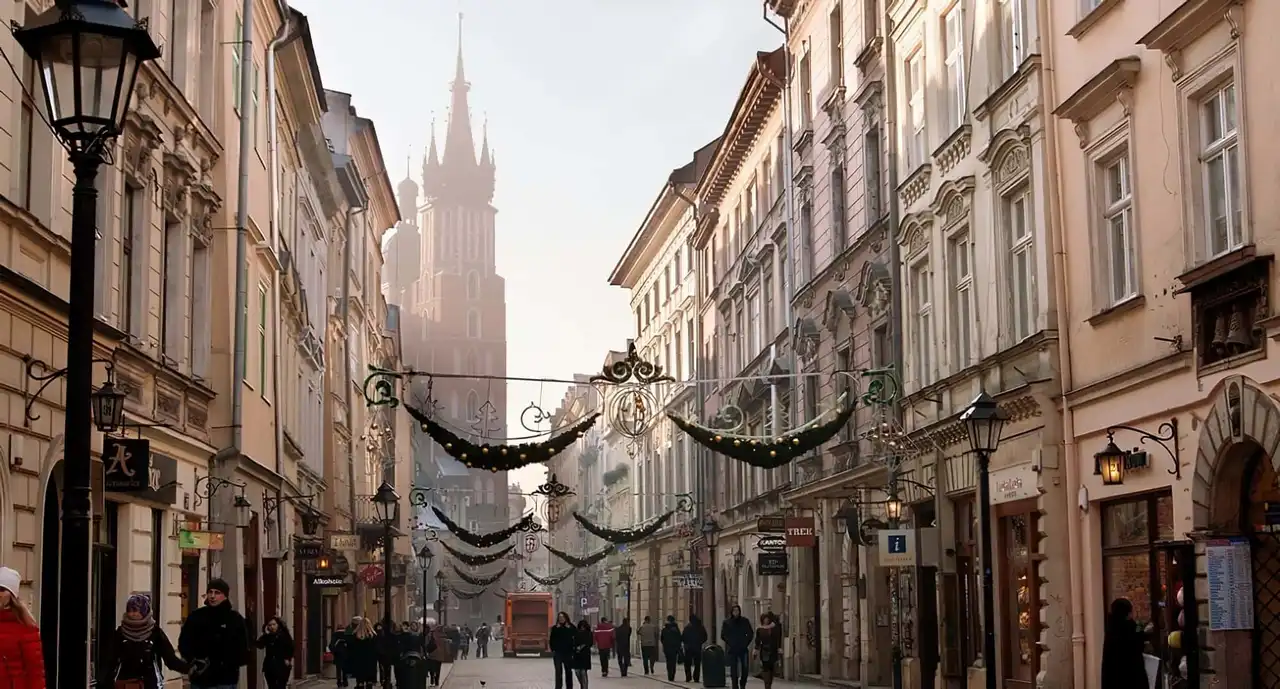




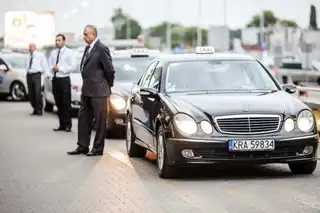

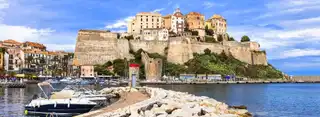
Loading comments ...